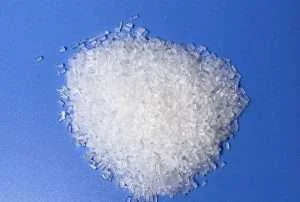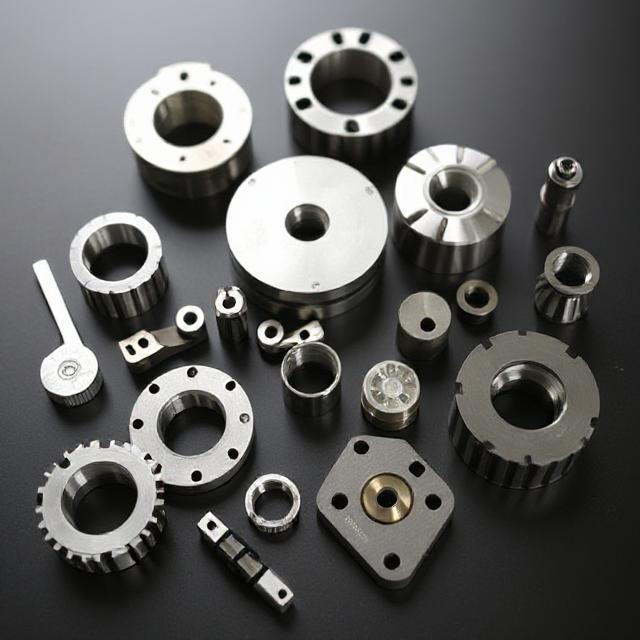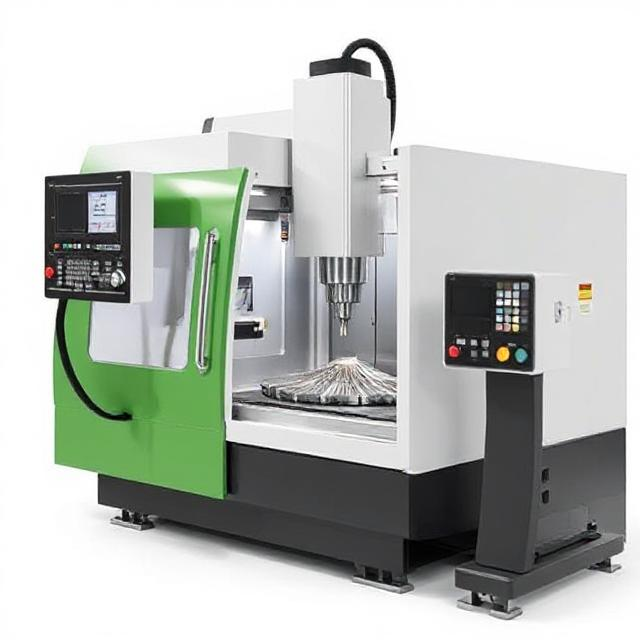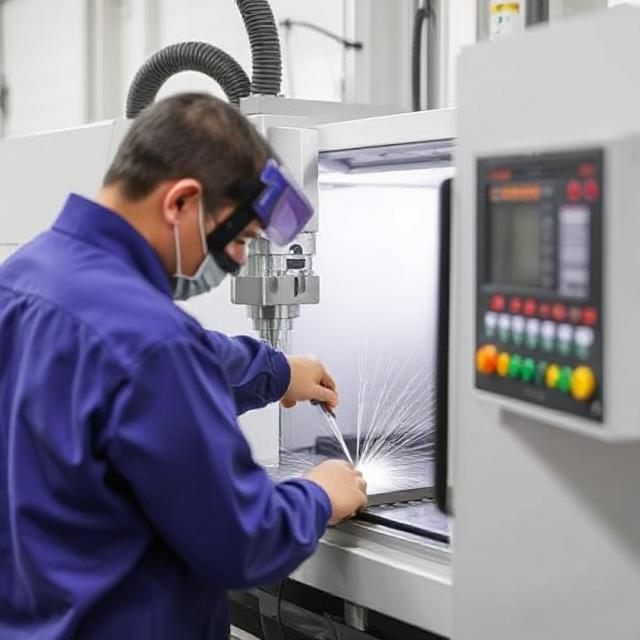PP (polypropylene) is a crystalline polymer with characteristics of light weight, non-toxic, tasteless, corrosion resistance, high temperature resistance, and high mold design strength. The polypropylene material resin for injection is a white, waxy-like particle.
Polypropylene (PP) is one of the most commonly used thermoplastic polymers in manufacturing due to its excellent properties such as low density, chemical resistance, and ease of molding. When designing molds for PP, it’s crucial to understand its material requirements to ensure optimal mold performance, part quality, and production efficiency. This blog post will outline the critical factors to consider when designing molds specifically for polypropylene material, including material behavior, mold material selection, design features, and processing considerations.

Understanding (PP) Polypropylene Material Properties
Polypropylene material is a versatile, low-cost material that offers a balance between strength, flexibility, and resistance to chemicals and fatigue. Some key properties that affect mold design include:
- Low Melting Temperature: PP typically has a melting temperature of around 160-170°C (320-338°F). This requires molds to be designed to withstand moderate thermal stresses without warping or distortion.
- Low Viscosity: PP has a relatively low viscosity, meaning it can flow easily during the injection molding process. This allows for fast filling of complex mold cavities but also requires careful control of injection speed to prevent defects like jetting or short shots.
- Shrinkage: PP exhibits moderate shrinkage rates (typically around 1-2%), which must be accounted for in mold design to ensure the final part dimensions meet specifications. Shrinkage can vary depending on the part geometry, wall thickness, and processing conditions.
- Chemical Resistance: PP is highly resistant to acids, alkalis, and organic solvents, making it an ideal choice for containers, automotive parts, and medical devices. The mold material should not react with PP to avoid contamination or degradation.
- Tensile Strength and Impact Resistance: While PP is strong and durable, its impact resistance can vary. For high-impact applications, modifications to PP (such as adding rubber additives) may be necessary, and mold design should accommodate potential variations in material properties.
Design Features for PP Mold Design
When designing molds for polypropylene material, certain considerations can greatly influence the success of the project:
- Parting Line Placement: The parting line, where the two halves of the mold meet, must be positioned to minimize its impact on the part aesthetics and functionality. For PP, the parting line should be placed in a way that avoids areas where stress concentrations or weak spots might occur.
- Gate Design: The gate is where the molten PP enters the mold cavity. Different types of gates—such as edge gates, submarine gates, or hot runner gates—should be selected based on part geometry and aesthetics. The gate must be designed to allow for a smooth flow of PP while minimizing the risk of defects like burn marks or weld lines.
- Ventilation: PP’s low viscosity means it is likely to trap air in the mold cavity, which could cause defects. Adequate venting is crucial to allow air to escape during injection molded parts. Proper vent channels should be placed at strategic locations near the parting line to avoid air pockets, which can lead to material degradation or surface imperfections.
- Wall Thickness: Even though PP has a good flow characteristic, excessive wall thickness should be avoided, as it can cause long cycle times and increased cooling requirements. The mold should be designed with uniform wall thickness to promote efficient cooling and minimize warping or shrinkage issues.
- Draft Angles: For easier ejection of parts from the mold, draft angles should be included in the design. A 1-2 degree draft angle is usually sufficient for PP, but it may need to be adjusted based on the complexity and size of the part.
The requirements for mold design are mainly reflected in the following aspects:
1.Liquidity considerations:
Due to the excellent fluidity of polypropylene material raw materials, attention should be paid to the depth of injection exhaust during mold design, preferably not greater than 0.03mm, to prevent the occurrence of overflow and flashing. Large orientation stresses are easily generated near the direct gate, resulting in warping and deformation of plastic molding, so direct gates should be used as little as possible, especially for flat plastic parts with large molding areas.
2.Mold Temperature Control:
Mold temperature plays an integral part in polypropylene material plastic part quality, especially during manufacture. Too little warmth means parts with significant orientation issues, poor welding strength and dull surfaces will suffer; too much warmth could result in warping and deformation issues; it is therefore vital that reasonable guidelines for setting mold temperatures be established – generally between 50-9o C for products with higher dimension requirements; higher temps may also be required depending on requirements.
3.The design of the gate and runner:
The design of the gate and runner is also an important part of polypropylene material mold design. The core temperature should be more than 5°C lower than the cavity temperature. The diameter of the runner is usually between 4-7mm, and the length of the needle-shaped gate is about 1-1.5mm, with a diameter as small as 0.7mm. For plastic products with a striped chain, the melt filling direction and pouring system should be reasonably designed. In addition, the mold must have good exhaust performance to avoid shrinkage marks.

4.Mold structure and other details:
Polypropylene material mold design also needs to consider uniform wall thickness, sufficient demolding slope, gradual and smooth transition in transition parts, and prevention of sharp corners. The mold surface should be smooth and have low roughness. At the same time, the exhaust holes and grooves must be sufficient to allow timely discharge of air and gases in the melt.
Quality Control and Testing
Ensuring the quality of the polypropylene material parts produced requires thorough inspection and testing. Common tests include dimensional checks, visual inspection for defects, and mechanical testing for strength and durability. Molds should be designed with features that allow for easy inspection and quality control during production to minimize defects and rework.
Conclusion
Designing molds for polypropylene material requires a deep understanding of the material’s properties, behavior during molding, and the unique challenges that come with it. By carefully considering the factors mentioned above, mold designers can create efficient, high-quality molds that maximize the benefits of polypropylene while minimizing defects and production issues. Whether you’re working with simple parts or more complex geometries, ensuring optimal mold design for PP is key to successful manufacturing and a smooth production process.














